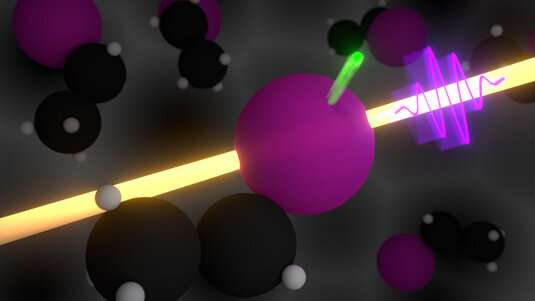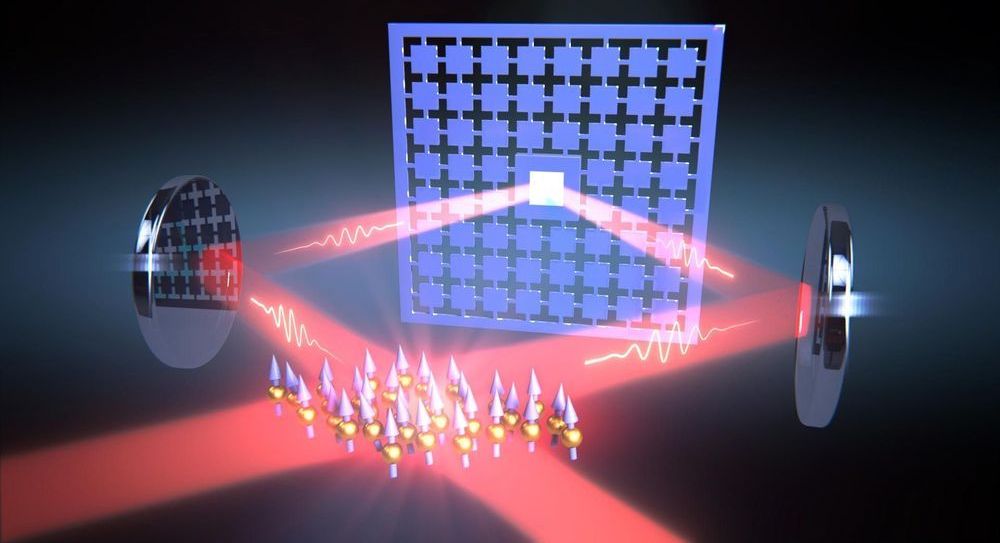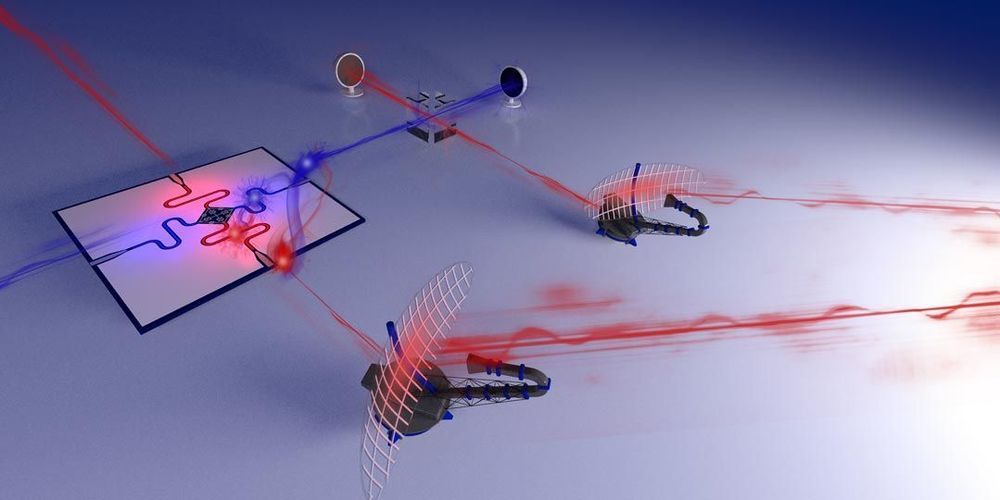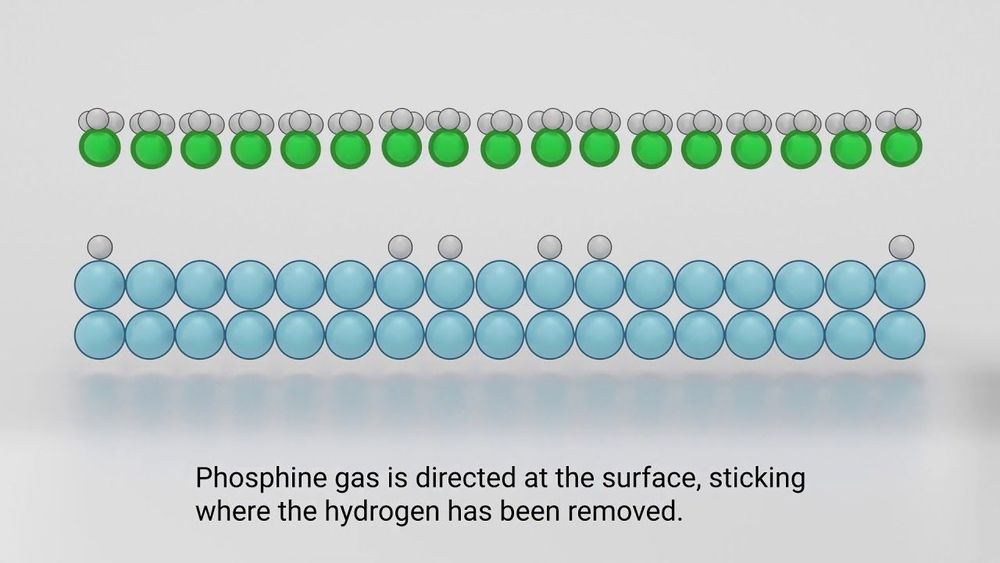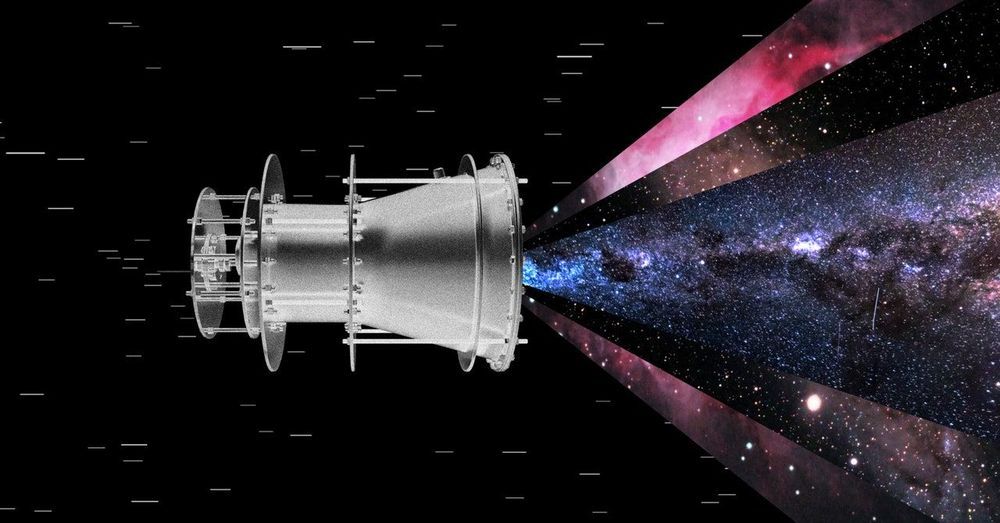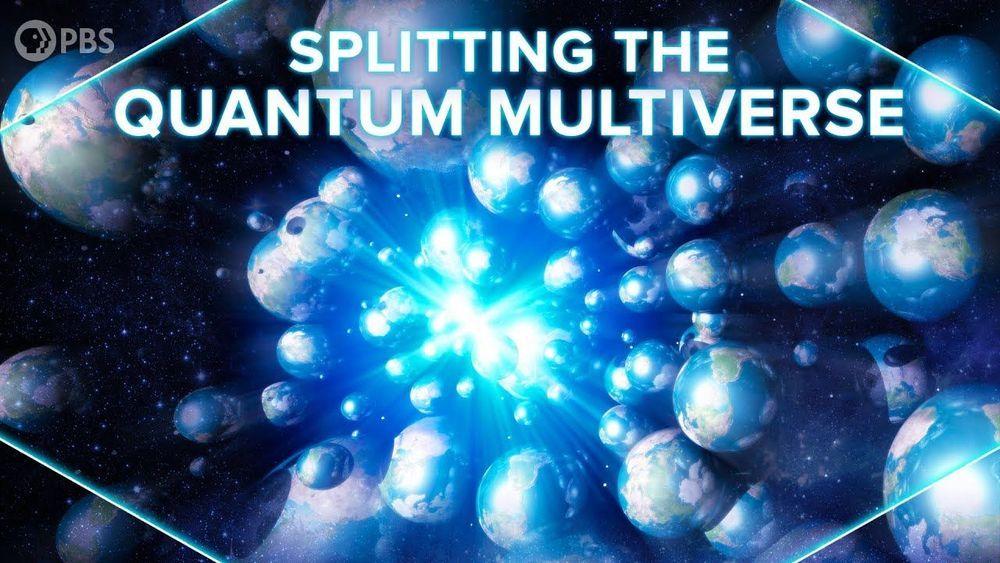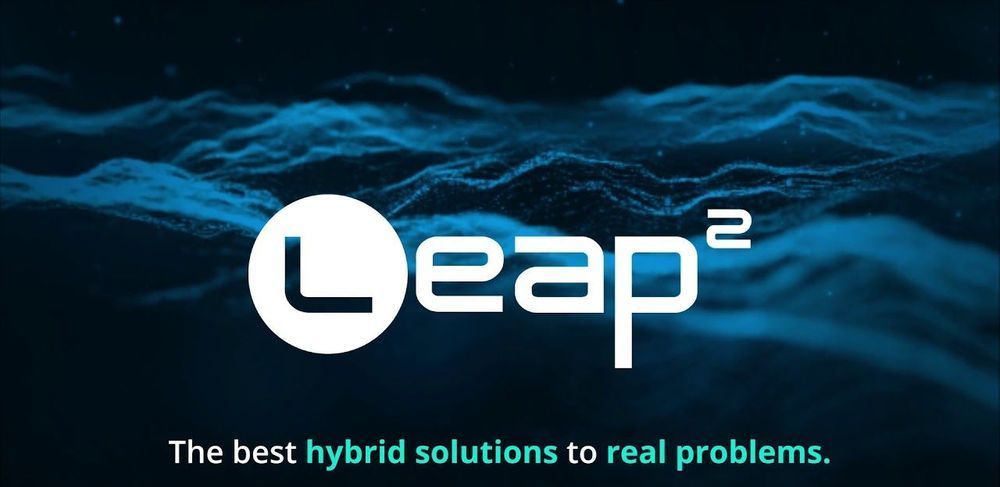May 12, 2020
Quantum brakes in molecules
Posted by Quinn Sena in categories: particle physics, quantum physics
Physicists have measured the flight times of electrons emitted from a specific atom in a molecule upon excitation with laser light. This has enabled them to measure the influence of the molecule itself on the kinetics of emission.
Photoemission—the release of electrons in response to excitation by light—is one of the most fundamental processes in the microcosm. The kinetic energy of the emitted electron is characteristic for the atom concerned, and depends on the wavelength of the light employed. But how long does the process take? And does it always take the same amount of time, irrespective of whether the electron is emitted from an individual atom or from an atom that is part of a molecule? An international team of researchers led by laser physicists in the Laboratory for Attosecond Physics (LAP) at LMU Munich and the Max Planck Institute of Quantum Optics (MPQ) in Garching has now probed the influence of the molecule on photoemission time.
The theoretical description of photoemission in 1905 by Albert Einstein marked a breakthrough in quantum physics, and the details of the process are of continuing interest in the world of science and beyond. How the motions of an elementary quantum particle such as the electron are affected within a molecular environment has a significant bearing on our understanding of the process of photoemission and the forces that hold molecules together.
